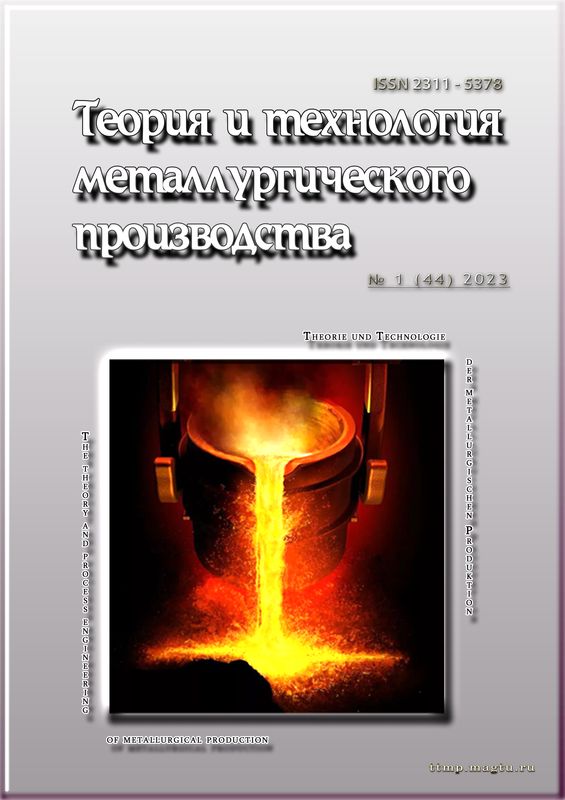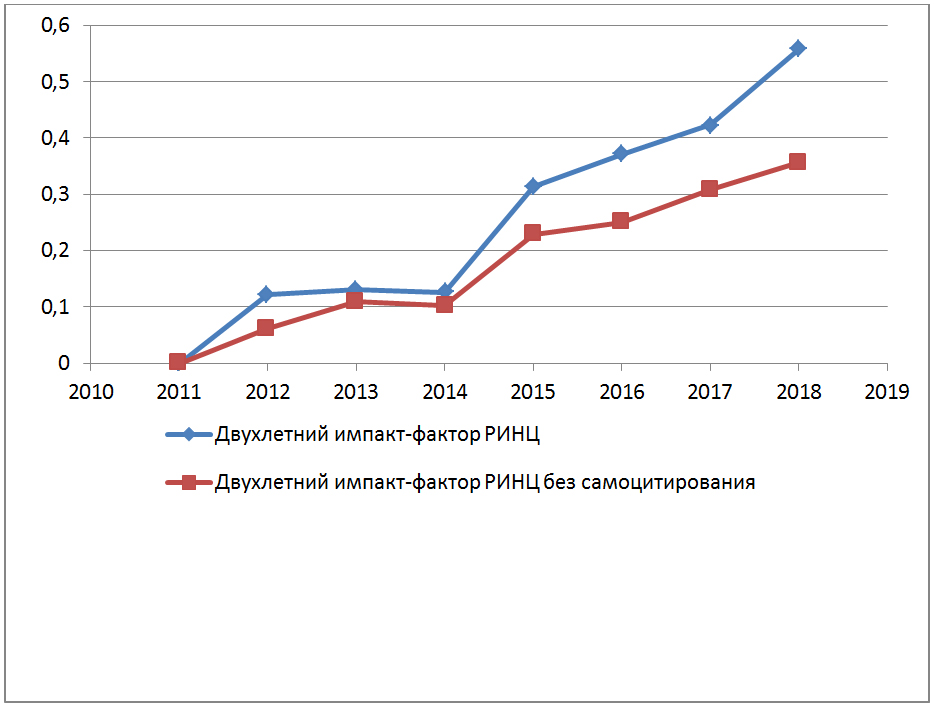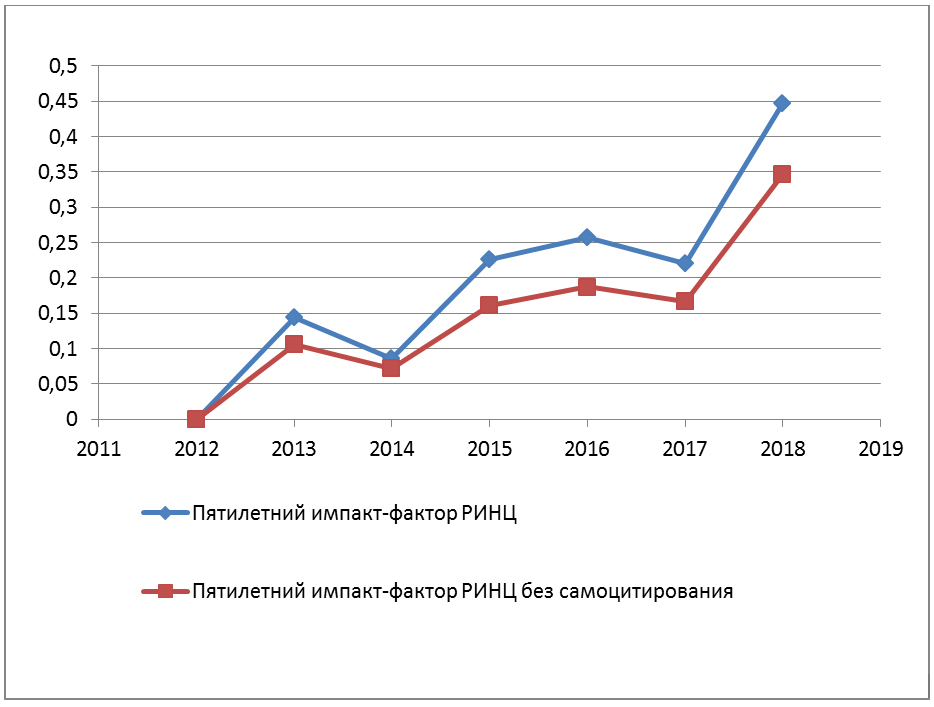Abstract
By probe diagnostics, the features of zirconium dioxide reduction and carbidization by natural gas in plasma nitrogen-hydrogen flow were studied. It includes investigation of temperature dependence of compositions of condensated and gaseous carbide-forming products, composition, size and morphology of nanoparticles of zirconium carbide, mass spectra of products desorbed from their surface during vacuum thermal treatment. Plasmosynthesis was carried out in a 150 kW three-jet straight-flow vertical reactor. lined internally with zirconium dioxide inserts of inner diameter 0,054 m. Nitrogen consumption was 32.5 kg/h, specific electric power in the evaporation zone was 2140 MJ/kg, the initial mass average temperature of the stream is 5400 K, the mass average temperature at the inlet of the stream to the quench-precipitation chamber is 4000-2000 K, the mass consumption concentration of zirconium dioxide is 0.1 kg/kg nitrogen. Analysis of the results of the study indicates the presence of gaseous nitrogen-carbon and hydrocarbon compounds in the nitrogen-hydrogen stream. At the same time, the nature of the change in the temperature dependence of the concentration of cyanide compounds confirms their participation in carbide formation. Components with molecular weights of 13, 14, 15 and 26, 27, presumably corresponding to CH, СН2, СН3, С2Н6, CN and HCN, were found in the mass spectra of the vacuum thermal desorption products of the zirconium carbide samples. The obtained results make it possible to form ideas about carbide formation under conditions of turbulent reaction chemically active mixture as a process. The latter includes the following three stages implemented in spatially separated flow zones: formation of a reaction mixture of a given composition during pyrolysis, evaporation and gasification of carbon into cyanide compounds at a temperature of 5400-4000 K, formation of nanocrystalline particles of zirconium carbide during interaction in the gas phase of zirconium and cyanide vapors at a temperature of 4000-2500 K, their nitriding and surface saturation with process gases and gaseous carbide products at a temperature of 2500-2000 K.
Keywords
Zirconium dioxide, natural gas, plasmоsynthesis, zirconium carbide, steam-crystal carbidization mechanism, diffusion carbidization.





